Cell Parts Matching Worksheet
In learning about the complex structures within cells, having a comprehensive understanding of cell parts is essential. That's why we've created a cell parts matching worksheet to help you identify and differentiate the various components that make up a cell. Whether you're a student studying biology or a teacher looking to reinforce these concepts, this worksheet will serve as a valuable resource for enhancing your knowledge of cell anatomy.
Table of Images 👆
More Other Worksheets
Kindergarten Worksheet My RoomSpanish Verb Worksheets
Cooking Vocabulary Worksheet
DNA Code Worksheet
Meiosis Worksheet Answer Key
Art Handouts and Worksheets
7 Elements of Art Worksheets
All Amendment Worksheet
Symmetry Art Worksheets
Daily Meal Planning Worksheet
Nucleus - The control center of the cell, which contains DNA and directs cell activities.
The nucleus is the control center of the cell, housing DNA and overseeing cell activities by regulating gene expression, cell division, and protein synthesis to maintain the cell's function and structure.
Mitochondria - The powerhouses of the cell, responsible for generating energy through cellular respiration.
Mitochondria are known as the powerhouses of the cell because they are responsible for generating energy through the process of cellular respiration. By converting nutrients into adenosine triphosphate (ATP), mitochondria provide the necessary fuel for various cellular activities and help maintain the overall functioning of the cell.
Chloroplast - Organelles found in plant cells that carry out photosynthesis, converting sunlight into energy.
Chloroplasts are organelles found in plant cells responsible for carrying out photosynthesis, the process of converting sunlight into energy. This organelle contains chlorophyll, a pigment that absorbs light energy to drive the chemical reactions of photosynthesis, ultimately providing the plant with the energy it needs to grow and survive.
Cell membrane - A selectively permeable boundary that surrounds the cell, controlling what enters and exits.
The cell membrane is a selectively permeable boundary that surrounds the cell, regulating the passage of substances in and out. It allows essential molecules like nutrients to enter and waste products to exit, while also maintaining the internal environment necessary for cellular functions. This barrier plays a crucial role in cell communication, transport, and maintaining homeostasis within the cell.
Cell wall - A rigid outer layer found in plant cells that provides support and protection.
The cell wall is a rigid outer layer present in plant cells, offering structural support and protection.
Cytoplasm - A jelly-like substance inside the cell that contains organelles and facilitates cell processes.
The cytoplasm is a gel-like material found inside cells that holds organelles in place and helps facilitate various cellular processes, such as metabolism and protein synthesis. It is a crucial component of the cell where important cell activities take place, providing structure and support to the cell's internal components.
Golgi apparatus - Responsible for modifying, packaging, and transporting proteins within the cell.
The Golgi apparatus is an organelle within the cell responsible for modifying, packaging, and transporting proteins. It receives proteins from the endoplasmic reticulum and modifies them before sorting and packaging them into vesicles for transport to various parts of the cell or for secretion outside of the cell.
Endoplasmic reticulum - An extensive network of interconnected membranes involved in protein and lipid synthesis.
The endoplasmic reticulum is a complex network of interconnected membranes within the cell that plays a crucial role in protein and lipid synthesis. It serves as a site for the modification, folding, and transport of proteins, as well as the synthesis of lipids. The two main types of endoplasmic reticulum are rough endoplasmic reticulum (RER), which is studded with ribosomes and involved in protein synthesis, and smooth endoplasmic reticulum (SER), which lacks ribosomes and is primarily responsible for lipid synthesis and detoxification reactions. This organelle is essential for maintaining cellular homeostasis and overall cell function.
Vacuole - A storage organelle found in plant cells that stores water, nutrients, and other substances.
The vacuole is a storage organelle primarily found in plant cells that plays a crucial role in storing water, nutrients, and other substances essential for plant growth and survival. Its function is to maintain turgor pressure, store ions and molecules, and assist in maintaining cellular structure and support in plants.
Ribosomes - Tiny structures responsible for protein synthesis by translating genetic information from the RNA.
Ribosomes are small cellular organelles that play a crucial role in protein synthesis by decoding the genetic information carried by RNA molecules and synthesizing proteins based on this information.
Have something to share?
Who is Worksheeto?
At Worksheeto, we are committed to delivering an extensive and varied portfolio of superior quality worksheets, designed to address the educational demands of students, educators, and parents.

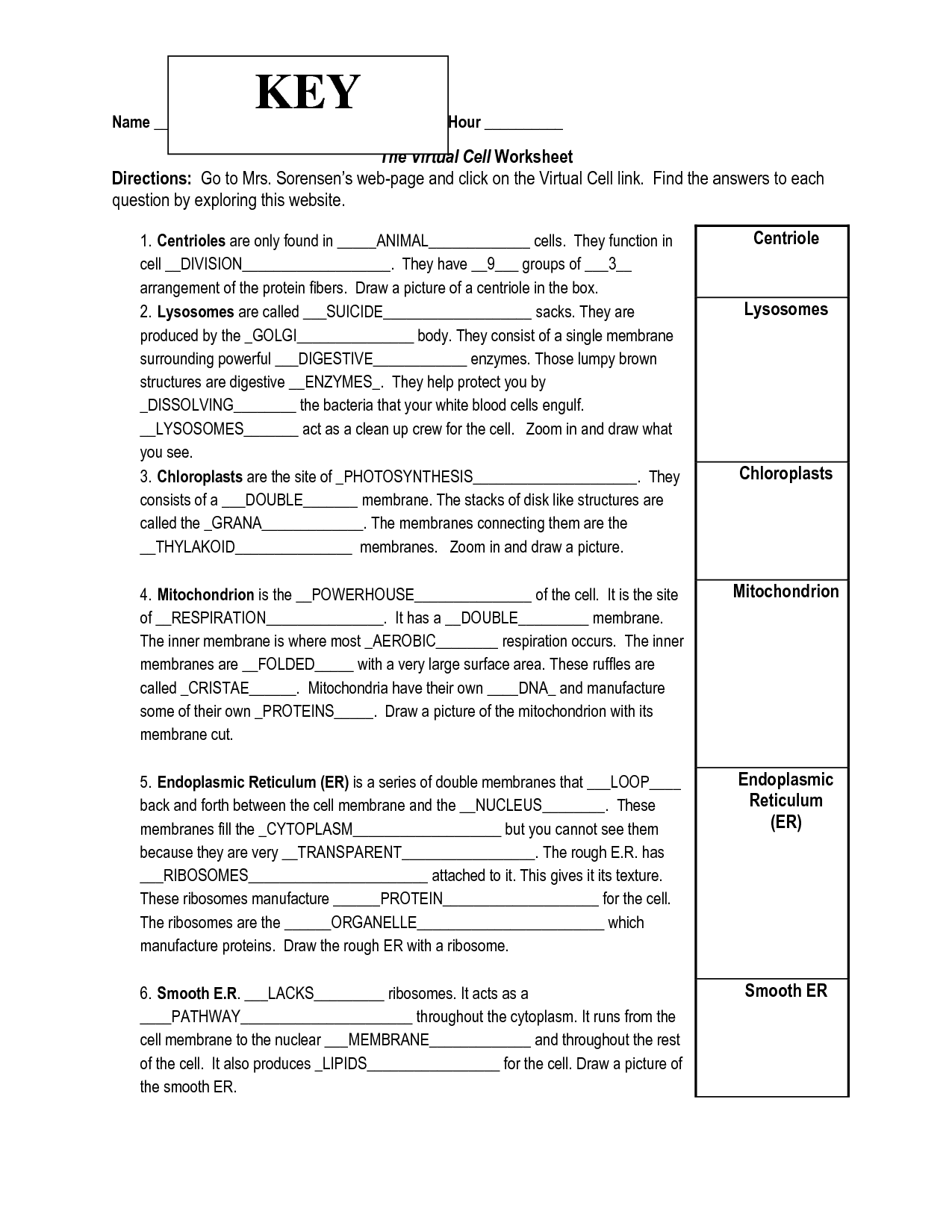



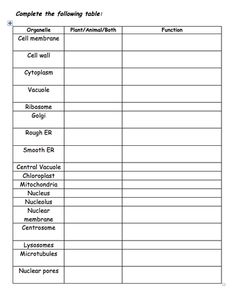
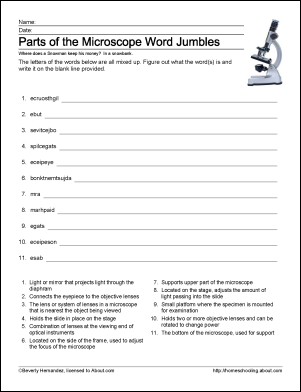
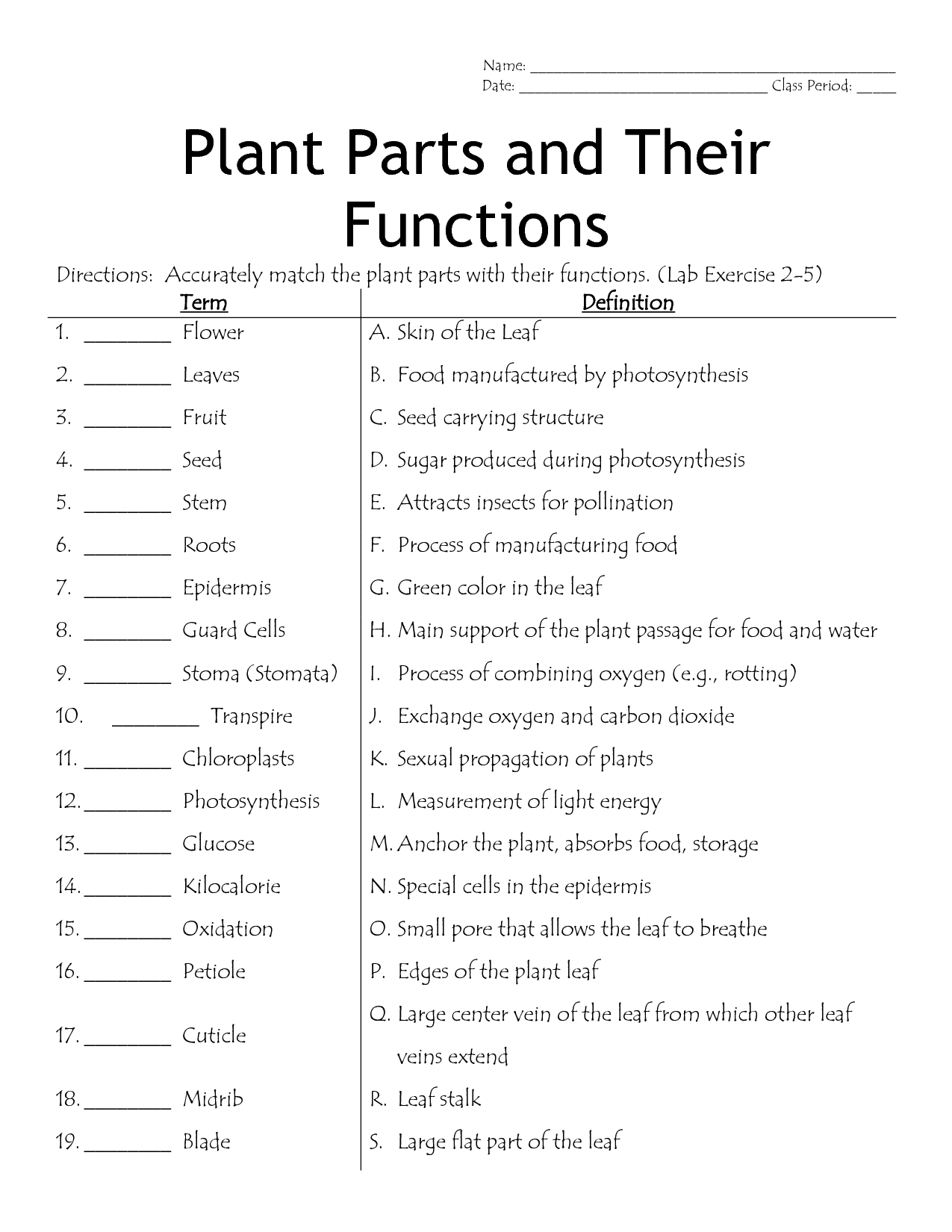


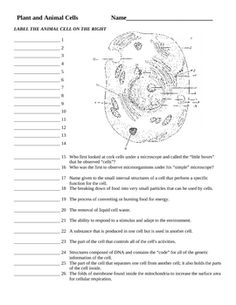














Comments